Family dinners in the 1980s held a special charm that seems to be fading in today’s fast-paced lifestyle. Back then, meals were more than just sustenance; they were a daily ritual wrapped in simplicity and warmth.
Let’s revisit these nostalgic moments and uncover why they felt so extraordinary.
Homemade Meals
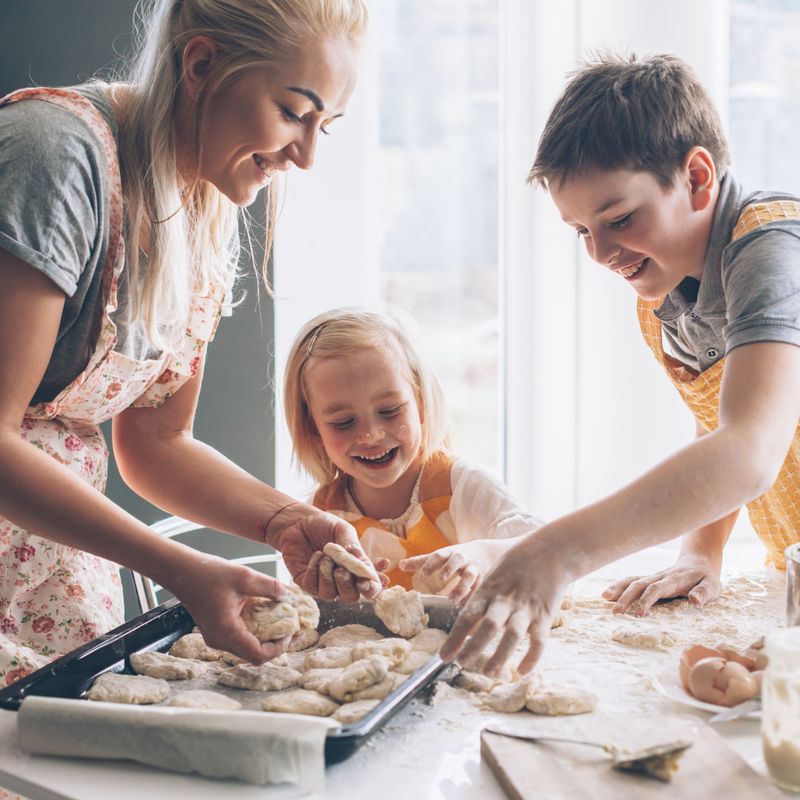
In the ’80s, homemade meals were the cornerstone of family dinners. It wasn’t just about eating; it was about the time spent together in the kitchen, with everyone pitching in.
Preparing a meal was a well-loved family tradition.
The aroma from the kitchen would fill the home, creating an atmosphere of warmth and togetherness. It was a time for sharing stories, laughter, and learning cherished family recipes.
Today, the convenience of takeout often overshadows these moments, missing the magic of a home-cooked meal that brought families closer.
Set Dinner Times
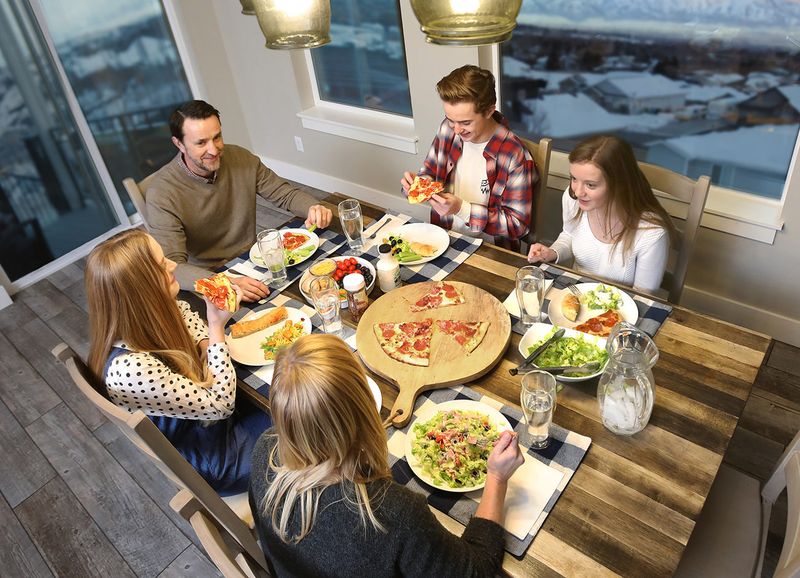
Dinner time in the ’80s was a sacred ritual, often set for the same time each evening. Families would gather around the table, knowing it was a time for connection.
This predictable routine fostered a sense of stability and belonging, something that’s challenging to maintain in our busy modern lives. Conversations flowed easily, unhampered by the distractions of today’s technology.
Unlike the flexible schedules of today, set meal times ensured that families paused, even if just for an hour, to communicate and connect with one another.
No Distractions
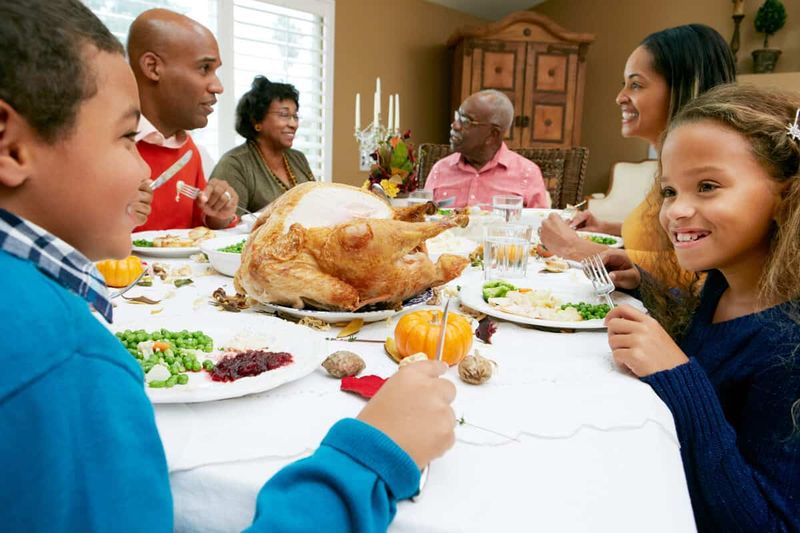
In a time before smartphones and constant digital notifications, dinner conversations were rich and uninterrupted. The absence of distractions allowed families to engage deeply.
Kids shared school stories, and parents discussed their day, creating a genuine sense of involvement in each other’s lives. This undivided attention made everyone feel valued and heard.
Today, such focused interactions are rare, often replaced by quick chats amid beeping devices, diluting the quality of family connections once enjoyed over the dinner table.
Family Recipes
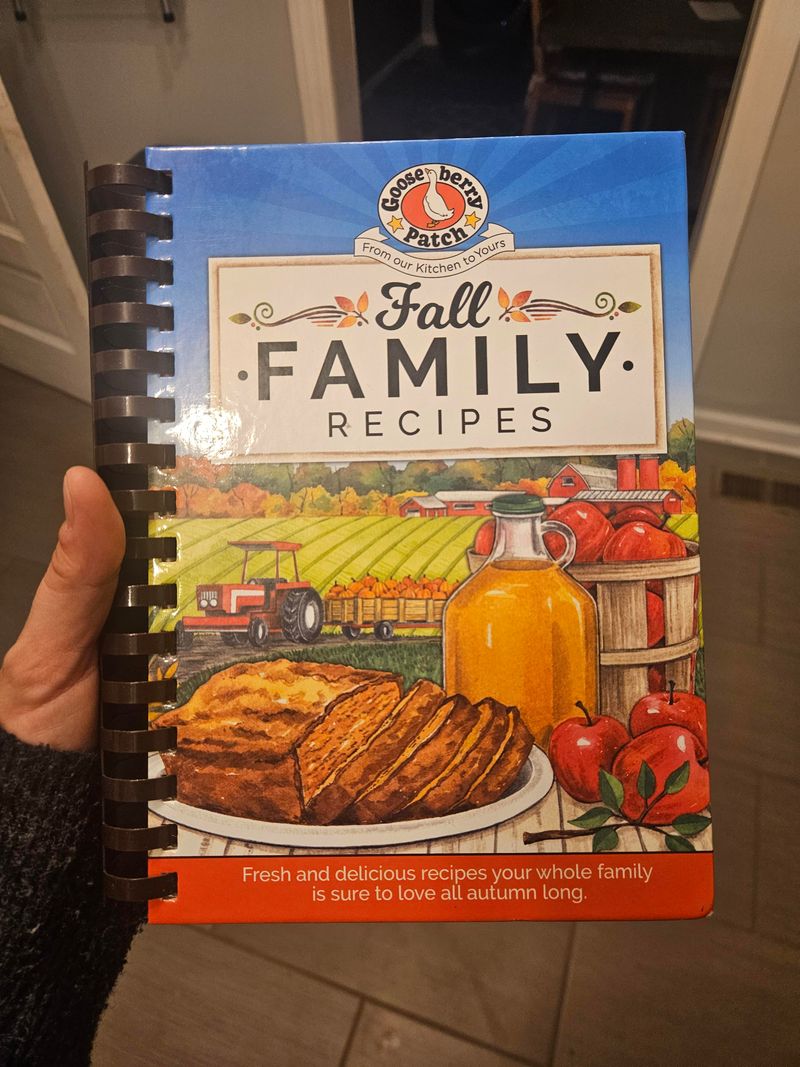
Family recipes were the heart of ‘80s dinners, passed down through generations. Each meal was a link to the past, preserving traditions and flavors that told a story.
Cooking these recipes was an act of love, connecting family members to their heritage. Children learned not only how to cook but also the stories behind each dish.
In contrast, today’s reliance on quick recipes from the internet often lacks this personal touch, missing the depth and significance that family recipes brought to the table.
Table Manners
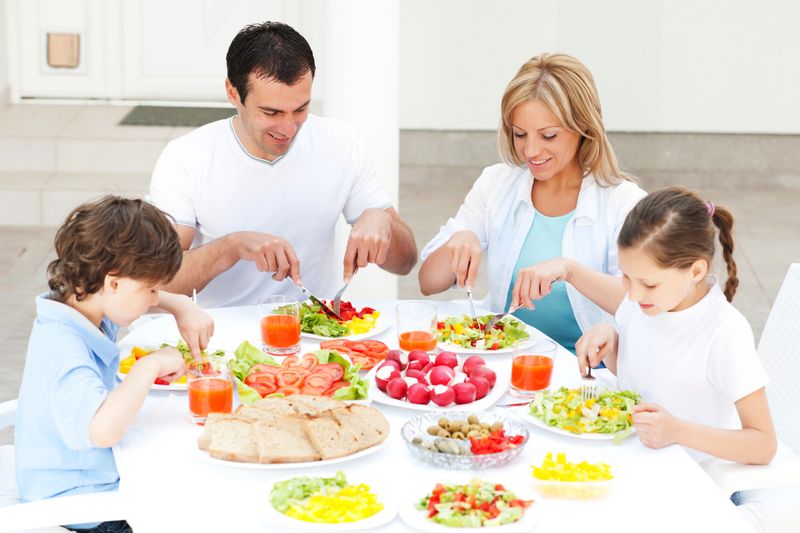
Table manners were instilled from a young age, making dinner a time of learning and respect. It was about more than eating; it was about conducting oneself with grace.
Parents emphasized the importance of polite conversation, proper utensil use, and showing appreciation for the meal prepared. These dinners were lessons in social etiquette.
Today, the casual nature of meals has lessened the emphasis on these practices, yet they once played a pivotal role in family dining, teaching children important life skills.
Special Occasions
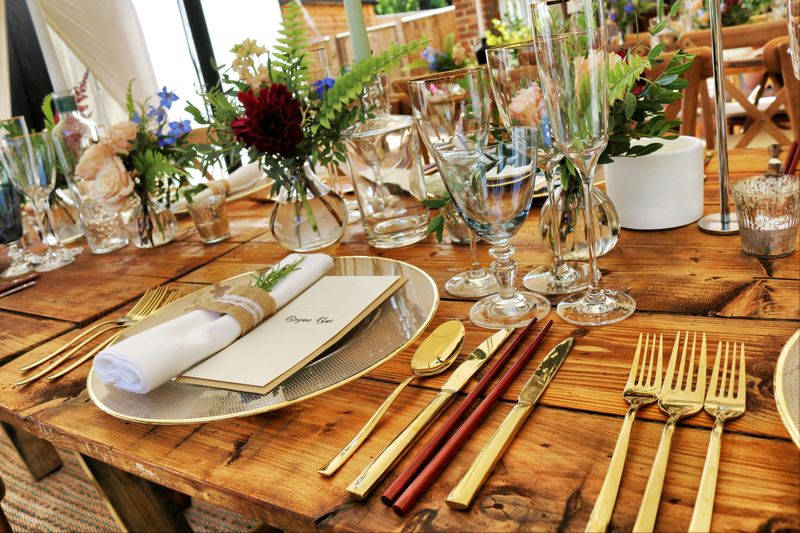
Dinners weren’t just routine; they were celebratory occasions. Birthdays, achievements, and holidays were marked with special meals, each one a cherished memory.
These occasions turned ordinary dinners into extraordinary events, complete with decorations and sometimes even themes. It was a time when everyone felt extra special.
In today’s fast-paced world, such elaborate celebrations are often reserved for restaurants or skipped altogether, missing the personal touch that made each occasion in the ‘80s unforgettable.
Community Involvement
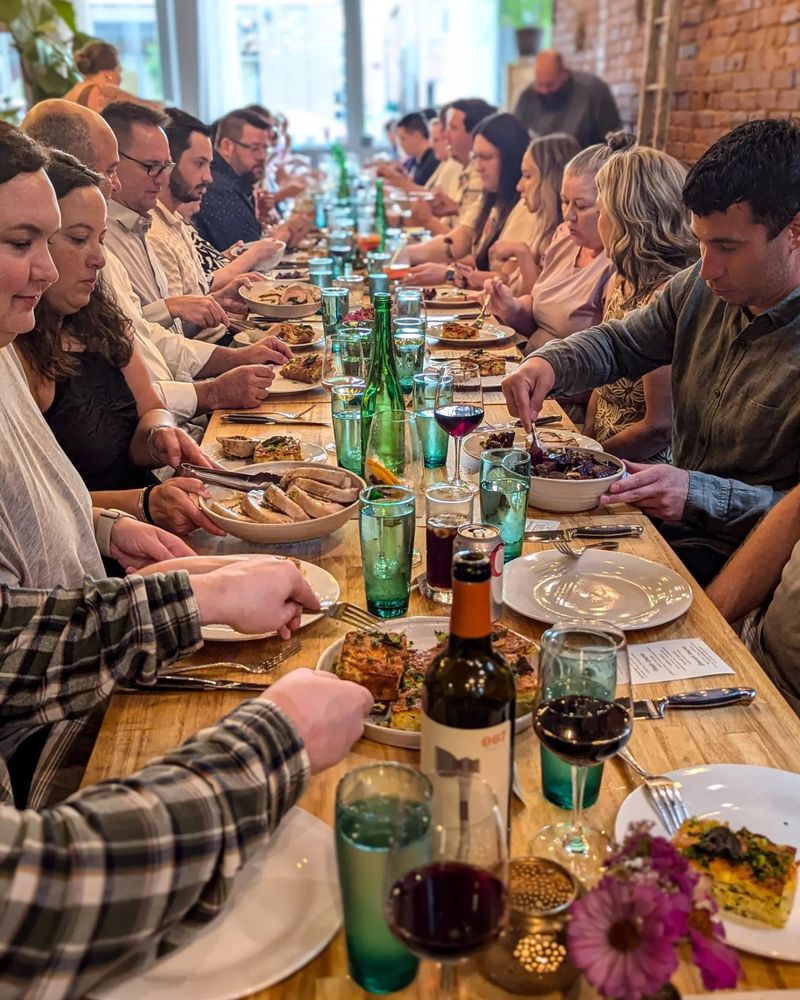
Family dinners often extended beyond the home, involving the community. Block parties and potluck dinners were common, fostering a sense of belonging and camaraderie.
These gatherings built strong community ties, with everyone contributing a dish, turning meals into a collective celebration. It was a shared experience that strengthened neighborhood bonds.
Today, such community meals are rare, as modern life often limits interaction to online connections, losing the personal and warm encounters experienced during these communal dinners.
